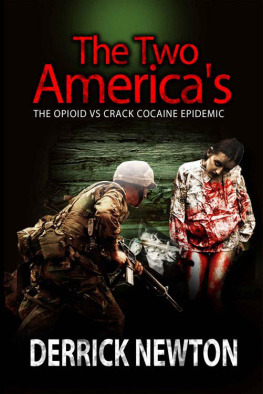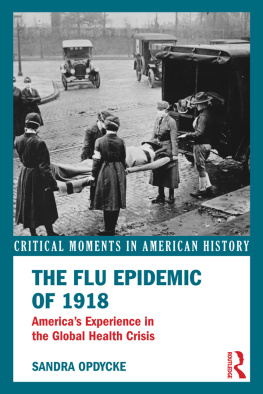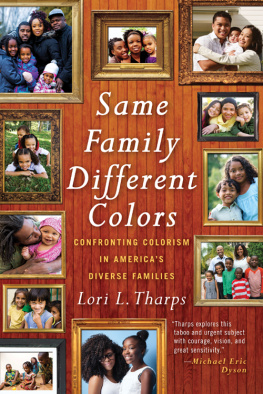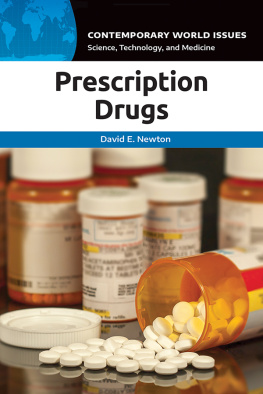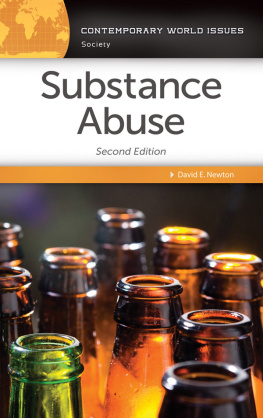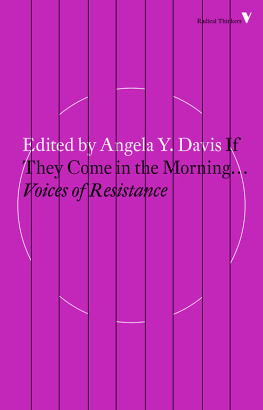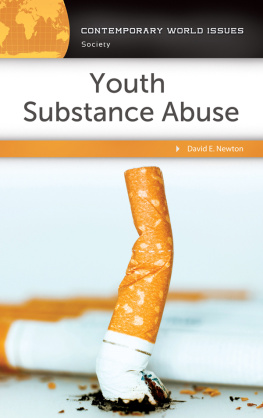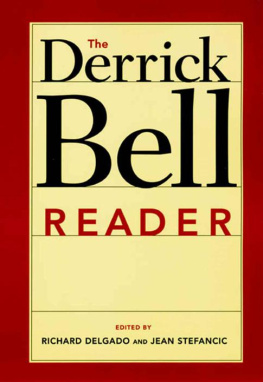The Two Americas
The Opioid vs. Crack Cocaine Epidemic
Derrick Newton
Copyright 2019 by Derrick Newton. All rights reserved.
No part of this publication or the information in it may be quoted from or reproduced in any form by means such as printing, scanning, photocopying or otherwise without prior written permission of the copyright holder.
Contents
Author Bio:
Derrick Newton, born in Oakland, CA, was a streetwise hustler from 1985-1995. Like many young people then and even now he was caught up in the belief that dealing lead to a glamorous life. However, after the crack-cocaine epidemic hit Oakland and neighborhoods like it and the War on Drugs began, Derrick became disillusioned with this life.
After a decade struggling to escape the streets, Derrick woke up in Oaklands Highland Hospital after being shot multiple times. In addition to these struggles, Derrick was also diagnosed with dyslexia, but despite this, he earned an Associates degree at Evergreen Valley Community College in San Jose, CA. He later graduated from UC Santa Cruz cum laude with a degree in Sociology.
Derricks story of success and perseverance has made him passionate about helping others and speaking out against the Industrial Prison Complex. He is an activist and youth counselor, as well as a song writer. Derrick has traveled around the world and has a passion for learning about different cultures.
Never give up on your dreams, because your dreams would never give up on you. Derrick Newton, University of Santa Cruz Commencement Speech 2018
Abstract:
America must be held accountable. Lawmakers and politicians are blameworthy. All those who battled for making drugs illegal are guilty. The war on drugs is all about big business and the incarceration of millions. Thats the American way: unfair mandatory sentencing, three strikes laws that contain racial bias against minorities, and the creation of the Industrial Prison Complex that profits off of black and brown bodies. What laws can we put into place for those who have been unfairly incarcerated? The judicial system has never represented black Americas best interest. African Americans only represent 12% of the population here in America, but we comprise more than 40% of the prison population. Welcome to America, where black lives dont matter, and white privilege is protected.
Problem:
The Emancipation Proclamation was a political move used by Abraham Lincoln in 1865 to win the American Civil War. Slavery was never abolished and the 13th Amendments loopholes prove that. So, strategies like jury nullifications are a welcome strategic plan to level the playing fields in an unequal justice system that is biased against black and brown bodies, and which protects the privilege of the white majority. A jury nullification is a legal theory that a state has the right to nullify laws which a state has deemed unconstitutional.
The Two Americas
In 2017 , the new opioid epidemic has a stranglehold on predominately white urban neighborhoods, who now face the same phenomenon of imported drugs like the crack epidemic in the early 80s. One former narcotics officer said: These are people. They have a purpose in life, and we cant look at it any other way (Woodruff, 2016). Now all of a sudden, the drug epidemic is an outrage and a problem, now that white youth are dying. Among the dead are two 13-year-olds, Grant Seaver and Ryan Ainsworth, who died in the wealthy resort town of Park City, Utah, after taking a synthetic opioid known as U-47700 or Pinky (Popper, 2017). Ekow Yankah , a Law Professor, at Yeshiva University argues that when [the] addiction was a black problem, there was no wave of national compassion. Instead, we were warned of super predators, young, faceless black men wearing bandannas and sagging jeans (Woodruff, 2016). While every life should be valued equally, minorities are now seeing t he blatant inequality in how white drug addicts/dealers are being treated versus black and brown addicts/dealers in the 80s and 90s . Lawmakers are now seeking treatment rather than imprisonment for whites, and this was the total opposite of how they viewed the crack epidemic in its infancy. Npr. Org political analyst, Arun Venugopal contends that, the drug war was launched as a way of trying to appeal to poor and working-class white voters, as a way to say, Were going to get tough on them, put them back in their place -- and them was not so subtly defined as African Americans. (Venugopal, 2013). In the heyday of the crack epidemic, people could not escape their televisions without seeing on the evening news or even the once celebrated, Bad Boys Fox cop program, the arrest of black minorities in poor urban areas. I now understand how white privilege works, and how black bodies arent considered as equal:
[ Furthermore], African-Americans were cast as pathological [and] their plight was evidence of collective moral failure, of welfare mothers and rock-slinging thugs and a reason to cut off all help. Blacks would just have to pull themselves out of the crack epidemic. Until then, the only answer lay in cordoning off the wreckage with militarized policing. (Woodruff, 2016)
The war on drugs decimated black families throughout America, not only were minorities incarcerated at an unprecedented rate, many lawmakers desperately sought out new ways to profit from this new premeditated assault on black communities.
However, there was no talk of rehabilitation for the black individual who had been turned into an addict because of the influx of cocaine that ravished minority communities and claimed so many young black lives in the process. Where was the compassion, where was the concern for all the young black bodies and families that were ruined? In Americas eyes, the only way to respond to the crack epidemic was to incarcerate black bodies, and it didnt matter if they were small-time offenders, big time drug dealers, or addicts. America could not have cared less. And no, there was no pity, and no there was no concern, for the many black families devastated by this epidemic that was distributed and processed into our communities.
When a war is declared, there are elements that must be put in place in order for it to be successful. An individual must know their enemys weaknesses as well as their capabilities. After defeating the enemy, they must be placed in a system condemning them into a permanent lower-class structure. These well-known structures in black residential areas are called ghettos. People living in these conditions will try anything to escape from their impoverished situations. Crack cocaine was a mechanism used to acquire wealth for many blacks in the 80s. Unfortunately, in war there are casualties, some die, while others are hauled off to prison. The CIAs clandestine mission overseen by several high-ranking government bureaucrats imported tons of cocaine into the United States creating the crack epidemic (Herhold, 2013). This was the birth of the Industrial Prison Complex, the war on drugs, mandatory drug sentencing, and what Michelle Alexander has coined, The New Jim Crow.
When crack cocaine hit communities of color, it was like an atomic bomb exploding, leaving many families as casualties. Those lucky enough to pull through the catastrophic detonations were turned into zombies, similar to a Stephen King horror movie. Still, this was no motion picture, it was crack cocaine, a mixture of cocaine and baking soda cooked over an open flame. Soon dealers discovered by adding baking soda to the product it was possible to turn one ounce into two doubling their earnings. Now the drug could be sold cheaper, making it affordable and accessible in urban areas.
Next page
